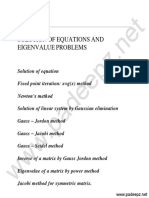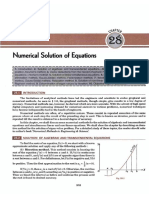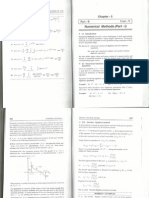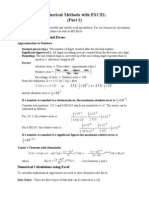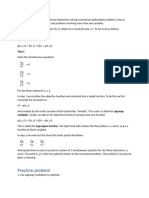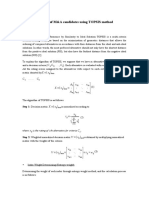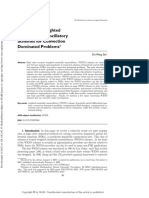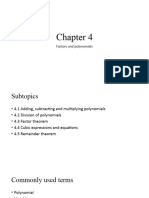0% found this document useful (0 votes)
47 views26 pagesNumerical Analysis
The document discusses numerical analysis, focusing on numerical methods for solving algebraic and transcendental equations. It details methods such as the Bisection Method, Regula-Falsi Method, and Newton-Raphson Method for finding roots of equations, providing examples and iterative processes for each method. The document emphasizes the iterative nature of these methods to achieve desired accuracy in results.
Uploaded by
askdunns003Copyright
© © All Rights Reserved
We take content rights seriously. If you suspect this is your content, claim it here.
Available Formats
Download as PDF, TXT or read online on Scribd
0% found this document useful (0 votes)
47 views26 pagesNumerical Analysis
The document discusses numerical analysis, focusing on numerical methods for solving algebraic and transcendental equations. It details methods such as the Bisection Method, Regula-Falsi Method, and Newton-Raphson Method for finding roots of equations, providing examples and iterative processes for each method. The document emphasizes the iterative nature of these methods to achieve desired accuracy in results.
Uploaded by
askdunns003Copyright
© © All Rights Reserved
We take content rights seriously. If you suspect this is your content, claim it here.
Available Formats
Download as PDF, TXT or read online on Scribd
/ 26








